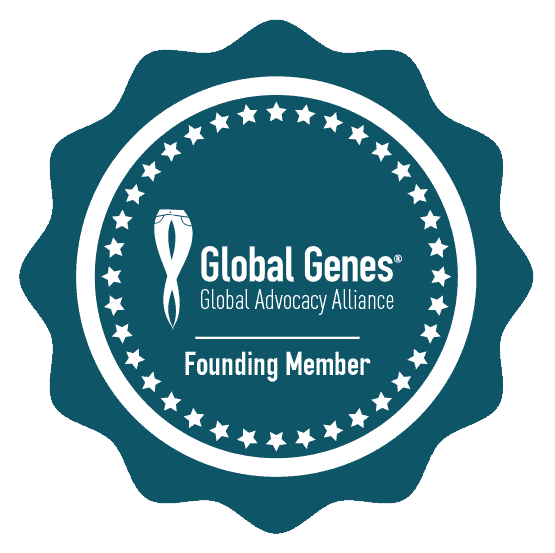Home » RASopathies » Scientific Meetings » 2011 Symposium Abstracts » N-myristoylation of SHOC2 and Mazzanti syndrome
SHOC2 is composed almost entirely by leucine-rich repeats (LRR), and has a KEKE motifs-rich sequence at the N-terminus. Both regions provide a structural framework for protein-protein interactions, and the protein is believed to function as a scaffold linking RAS to downstream signal transducers. First functional characterization of the mutant protein indicates that the expression of SHOC2S2G enhances ERK activation in a cell type-specific fashion. The observations that the subcellular localization of SHOC2 is restricted to the nucleus following EGF stimulation and that such translocation is impaired in the mutated protein, however, suggest that the disease-causing mutant might exert a wider perturbing effect on intracellular signaling.
Subjects heterozygous for the c.4A>G change share a phenotype that is characterized by an unusual combination of features occurring in other RASopathies. The phenotype of these subjects is notable for the reduced growth often associated with GH deficiency, cognitive deficits, distinctive hyperactive behaviour, and peculiar hair anomalies (i.e., loose anagen hair). Most affected individuals exhibit hairless and darkly pigmented skin with eczema or ichthyosis. Ectodermal anomalies also include sparse eyebrows and dystrophic/thin nails. The voice is characteristically hoarse or hypernasal. Mitral valve dysplasia and septal defects are significantly overrepresented compared with other RASopathies.
Based on the specific underlying molecular basis and the homogeneous and distinctive clinical phenotype, this disorder appears to represent a discrete nosologic entity, for which the eponymous name of Mazzanti syndrome is suggested.




